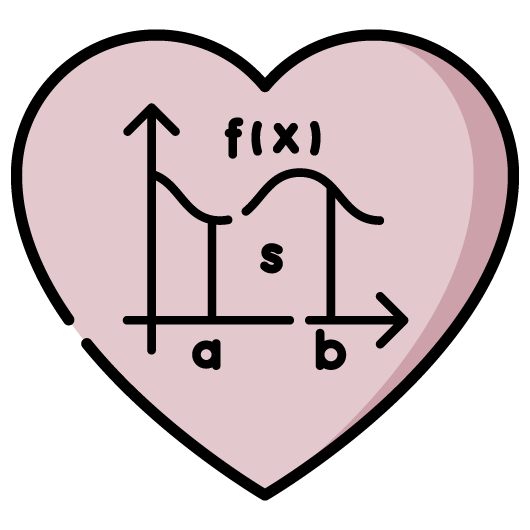Therapy in Michigan
Have you heard about Brainspotting therapy to heal from trauma, anxiety or depression? Are you looking for a therapeutic approach that goes beyond traditional methods and taps into the mind-body connection for profound healing? Look no further; Brainspotting might be the breakthrough you’ve been seeking.
What is Brainspotting?
Brainspotting is a remarkable and innovative approach that offers unique benefits. Developed by therapist David Grand, Brainspotting is a powerful tool that harnesses the brain’s innate capacity for self-healing. Brainspotting recognizes that where you look affects how you feel, and it taps into the brain’s natural ability to process and heal from emotional and traumatic experiences.
What to Expect Before, During, and After Sessions
During the sessions, the therapist and client collaborate to identify “brainspots,” which are eye positions that correspond to the client’s internal emotional experiences. These spots are unique to each individual and may relate to their anxiety, depression, trauma, or other emotional challenges. During a session, the therapist will guide the client in maintaining their gaze on the identified spot while exploring their feelings, sensations, and memories associated with it. This process allows for deep processing and integration of unresolved emotions and traumatic experiences. After a session, clients often report feeling a sense of relief, increased self-awareness, and a more profound mind-body connection. Your brain just did a lot of work, so some report feeling a little worn out and tired, which is completely normal. Processing continues for up to 72 hours after finding a brainspot, so clients may report noticing themselves developing new perspectives even days after their session.
The effectiveness of Brainspotting is supported by a growing body of research and statistics. Studies have shown that it can lead to substantial reductions in symptoms related to anxiety, depression, and trauma. Clients who engage in Brainspotting therapy often experience quicker and more lasting results compared to traditional talk therapy alone.
How Can This Help Treat Anxiety, Depression, and Trauma
- Anxiety: Helps clients identify and process the underlying causes of their anxiety, allowing them to develop coping strategies and reduce the intensity and frequency of anxious thoughts and feelings.
- Depression: By addressing unresolved emotional issues and trauma, this type of therapy can alleviate symptoms of depression, leading to increased motivation, energy, and a more positive outlook on life.
- Trauma: This type of treatment is particularly effective in treating trauma by facilitating the release of trapped emotions and helping clients reprocess traumatic memories, reducing the impact of flashbacks, nightmares, and hypervigilance.
Developing a Better Mind/Body Connection
One of the unique strengths of this therapy is its ability to enhance the mind-body connection. By working with the body’s natural responses and releasing stored emotions, clients often report feeling more grounded, centered, and in tune with their bodies. This improved connection can lead to greater emotional resilience and overall well-being.
Incorporating Brainspotting into your therapy practice can open up new possibilities for transformative healing for your clients. Whether you’re seeking relief from anxiety, depression, or trauma, Brainspotting offers a powerful and evidence-based approach to emotional well-being.
It’s easy to get confused between Brainspotting and EMDR, as they are very similar. Here are some of the differences between these two approaches:
Eye Movements
Brainspotting: Unlike EMDR, Brainspotting doesn’t rely on rhythmic eye movements. It involves maintaining gaze at a specific “brainspot” which is a point of focus related to the client’s emotional distress.
EMDR: EMDR is characterized by the use of rhythmic eye movements, but it can also use other forms of bilateral stimulation.
Therapist Involvement
Brainspotting: Therapists play a more passive role in Brainspotting, providing support and guidance as clients process their experiences. Clients are able to verbally process if they would like to- but this is not necessary for the treatment to be effective. Client’s are asked to notice differences in their internal sensations.
EMDR: EMDR therapists are more actively involved in guiding the client’s eye movements and the processing of traumatic memories. In EMDR there is more verbal processing and clients are asked to verbally notice what they processed.
Processing Approach
Brainspotting: It aims to access and release deep emotional trauma through the client’s internal experience, often with less verbal communication.
EMDR: EMDR uses a structured eight-phase approach that includes verbal processing and cognitive restructuring in addition to bilateral stimulation.
Preference and Effectiveness
The choice between Brainspotting and EMDR may depend on a client’s preferences, the nature of their trauma, and their response to each approach. Some clients may find one method more effective or comfortable than the other. Some clients that are not yet ready to talk about their trauma, or for whom verbal processing isn’t available may prefer Brainspotting. Clients that are stuck in negative cognitions such as “It’s my fault”, “I deserve this pain” or “I can’t keep myself safe”, may find EMDR is more of what they are looking for.









